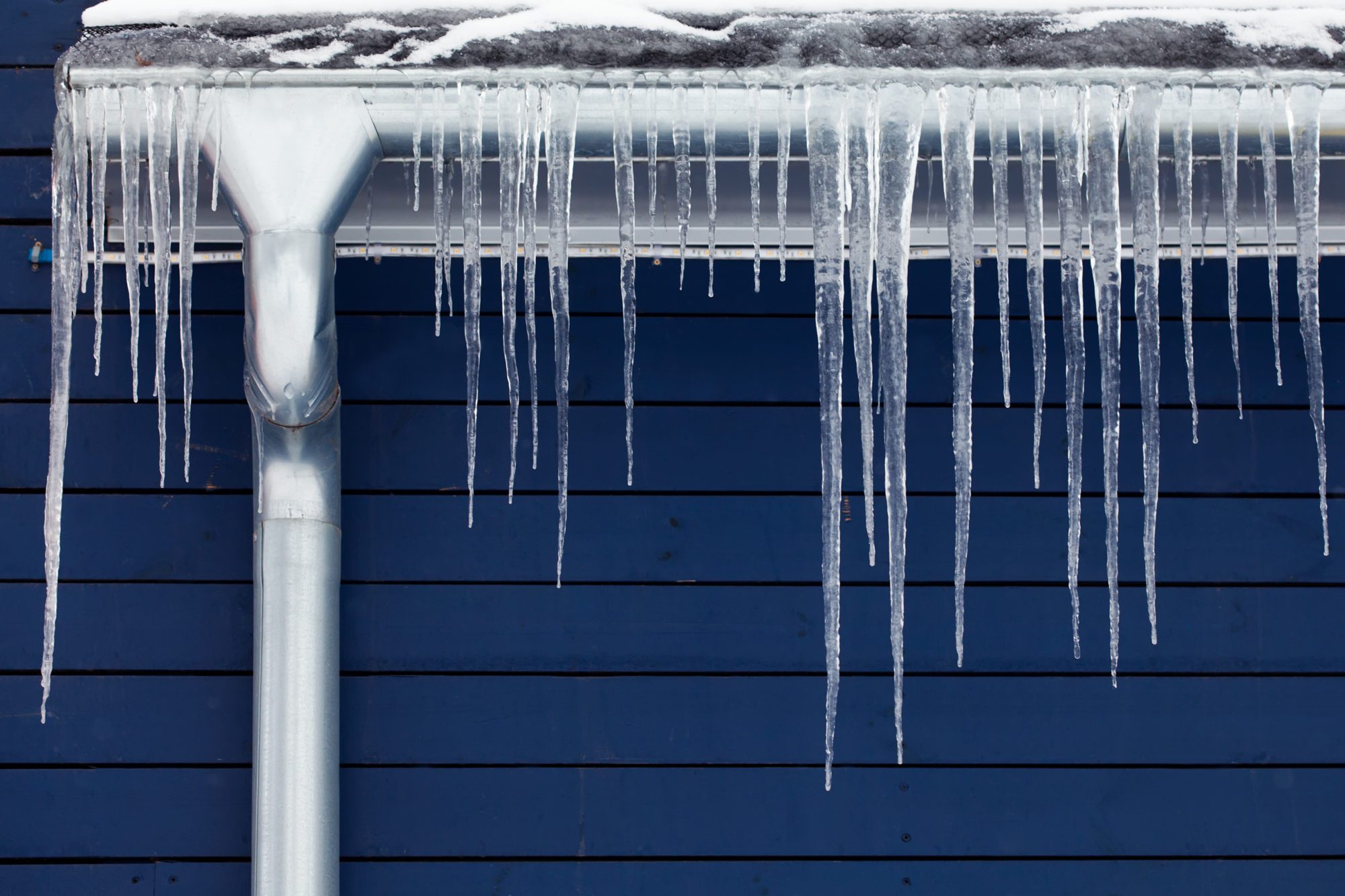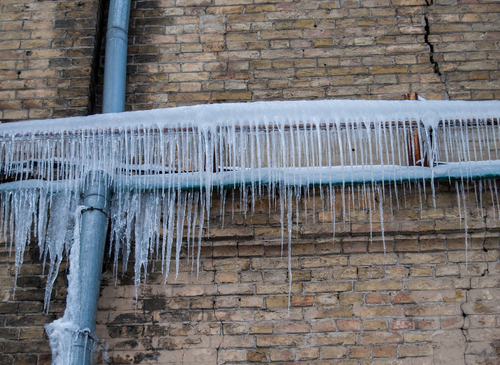Protecting Pipes from Freezing Damage: Essential Tips
Protecting Pipes from Freezing Damage: Essential Tips
Blog Article
We've stumbled upon the article pertaining to 6 Ways to Prevent Frozen Pipes below on the web and concluded it made perfect sense to share it with you on my blog.

Cold weather can ruin your plumbing, particularly by freezing pipelines. Here's how to prevent it from happening and what to do if it does.
Introduction
As temperatures decrease, the threat of icy pipes rises, potentially causing pricey fixings and water damages. Recognizing exactly how to avoid frozen pipes is vital for property owners in chilly climates.
Comprehending Icy Pipes
What creates pipelines to ice up?
Pipelines freeze when exposed to temperature levels below 32 ° F (0 ° C) for prolonged periods. As water inside the pipelines ices up, it expands, taxing the pipeline walls and possibly triggering them to rupture.
Dangers and problems
Icy pipes can lead to water supply disruptions, residential property damage, and pricey repair work. Burst pipelines can flood homes and trigger considerable architectural damage.
Indicators of Frozen Pipeline
Recognizing icy pipelines early can stop them from rupturing.
Exactly how to recognize icy pipelines
Look for decreased water flow from faucets, unusual odors or sounds from pipes, and noticeable frost on revealed pipelines.
Prevention Tips
Protecting prone pipelines
Cover pipelines in insulation sleeves or make use of warmth tape to shield them from freezing temperature levels. Concentrate on pipelines in unheated or outside areas of the home.
Heating methods
Keep indoor areas adequately heated up, specifically locations with pipes. Open closet doors to enable cozy air to circulate around pipelines under sinks.
Securing Exterior Plumbing
Garden tubes and outside faucets
Separate and drain garden tubes prior to winter months. Mount frost-proof spigots or cover exterior faucets with protected caps.
What to Do If Your Pipes Freeze
Immediate actions to take
If you suspect icy pipes, maintain faucets available to ease stress as the ice melts. Use a hairdryer or towels soaked in warm water to thaw pipes slowly.
Long-Term Solutions
Structural adjustments
Think about rerouting pipes far from exterior wall surfaces or unheated areas. Include additional insulation to attics, cellars, and crawl spaces.
Upgrading insulation
Buy high-grade insulation for pipelines, attics, and wall surfaces. Proper insulation helps preserve consistent temperature levels and lowers the threat of icy pipes.
Verdict
Protecting against icy pipes needs aggressive actions and fast reactions. By comprehending the causes, indicators, and preventive measures, homeowners can protect their pipes during cold weather.
5 Ways to Prevent Frozen Pipes
Drain Outdoor Faucets and Disconnect Hoses
First, close the shut-off valve that controls the flow of water in the pipe to your outdoor faucet. Then, head outside to disconnect and drain your hose and open the outdoor faucet to allow the water to completely drain out of the line. Turn off the faucet when done. Finally, head back to the shut-off valve and drain the remaining water inside the pipe into a bucket or container. Additionally, if you have a home irrigation system, you should consider hiring an expert to clear the system of water each year.
Insulate Pipes
One of the best and most cost-effective methods for preventing frozen water pipes is to wrap your pipes with insulation. This is especially important for areas in your home that aren’t exposed to heat, such as an attic. We suggest using foam sleeves, which can typically be found at your local hardware store.
Keep Heat Running at 65
Your pipes are located inside your walls, and the temperature there is much colder than the rest of the house. To prevent your pipes from freezing, The Insurance Information Institute suggests that you keep your home heated to at least 65 degrees, even when traveling. You may want to invest in smart devices that can keep an eye on the temperature in your home while you’re away.
Leave Water Dripping
Moving water — even a small trickle — can prevent ice from forming inside your pipes. When freezing temps are imminent, start a drip of water from all faucets that serve exposed pipes. Leaving a few faucets running will also help relieve pressure inside the pipes and help prevent a rupture if the water inside freezes.
Open Cupboard Doors
Warm your kitchen and bathroom pipes by opening cupboards and vanities. You should also leave your interior doors ajar to help warm air circulate evenly throughout your home.

I found that blog entry on Preventing and dealing with frozen pipes when surfing the search engines. Sharing is nice. One never knows, you might be doing someone a favor. Thanks for being here. Return soon.
Source Report this page